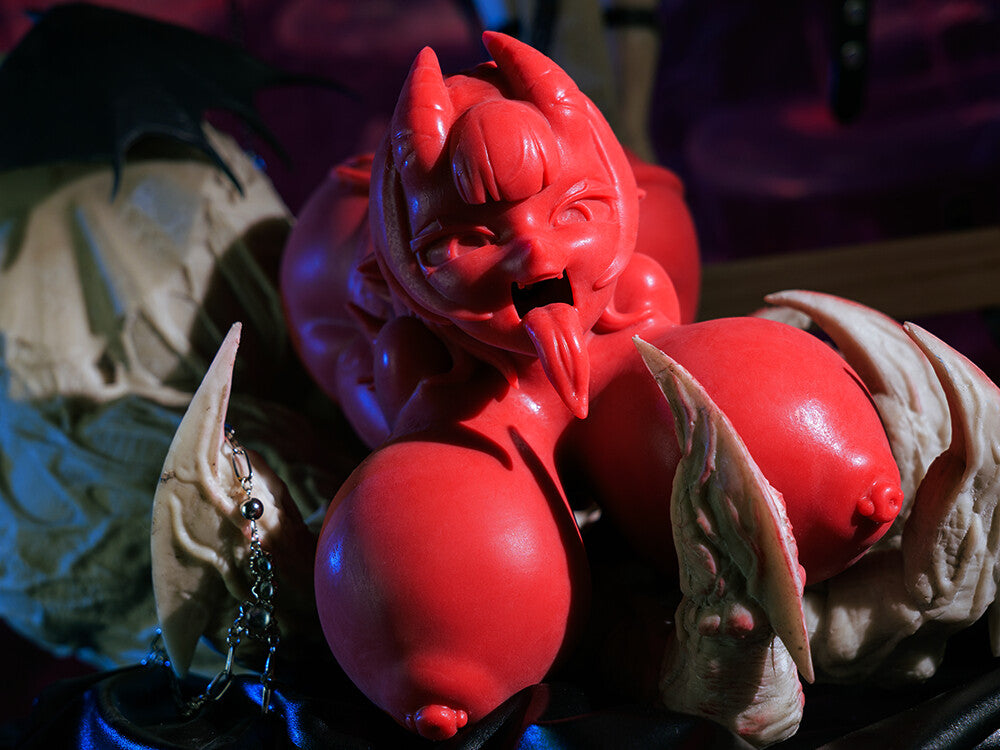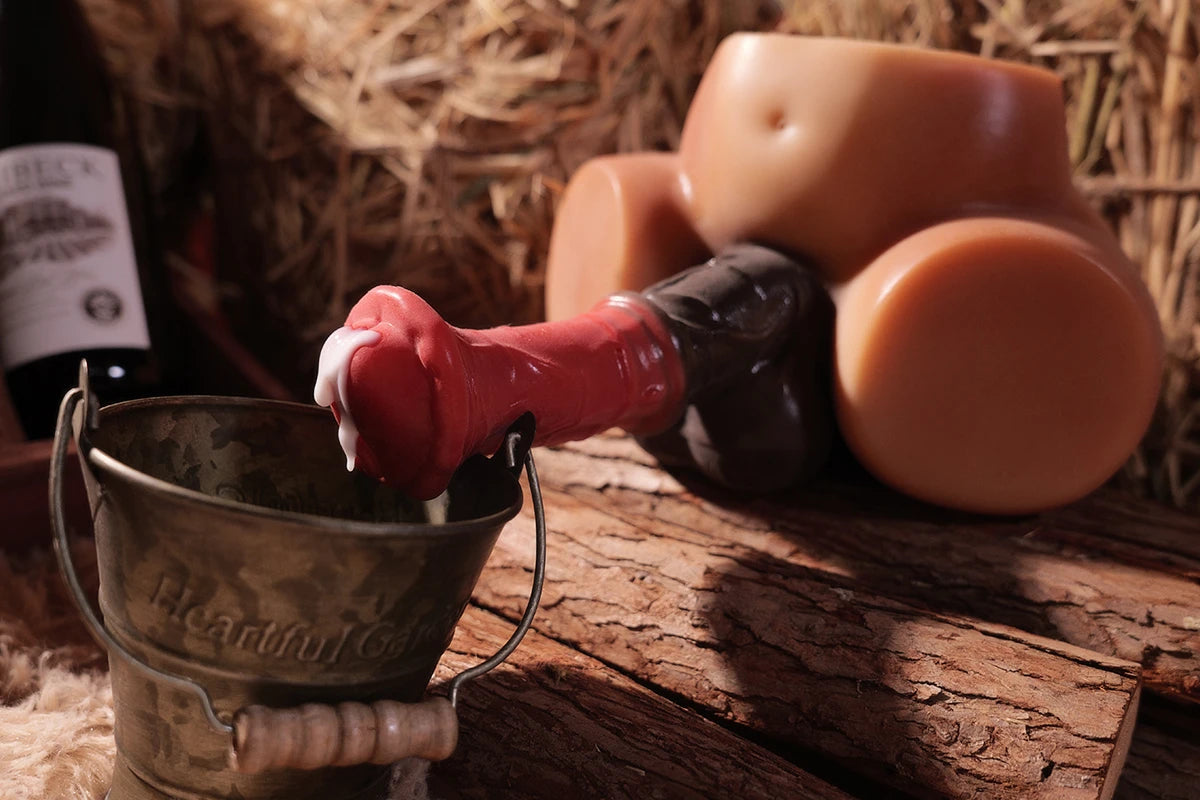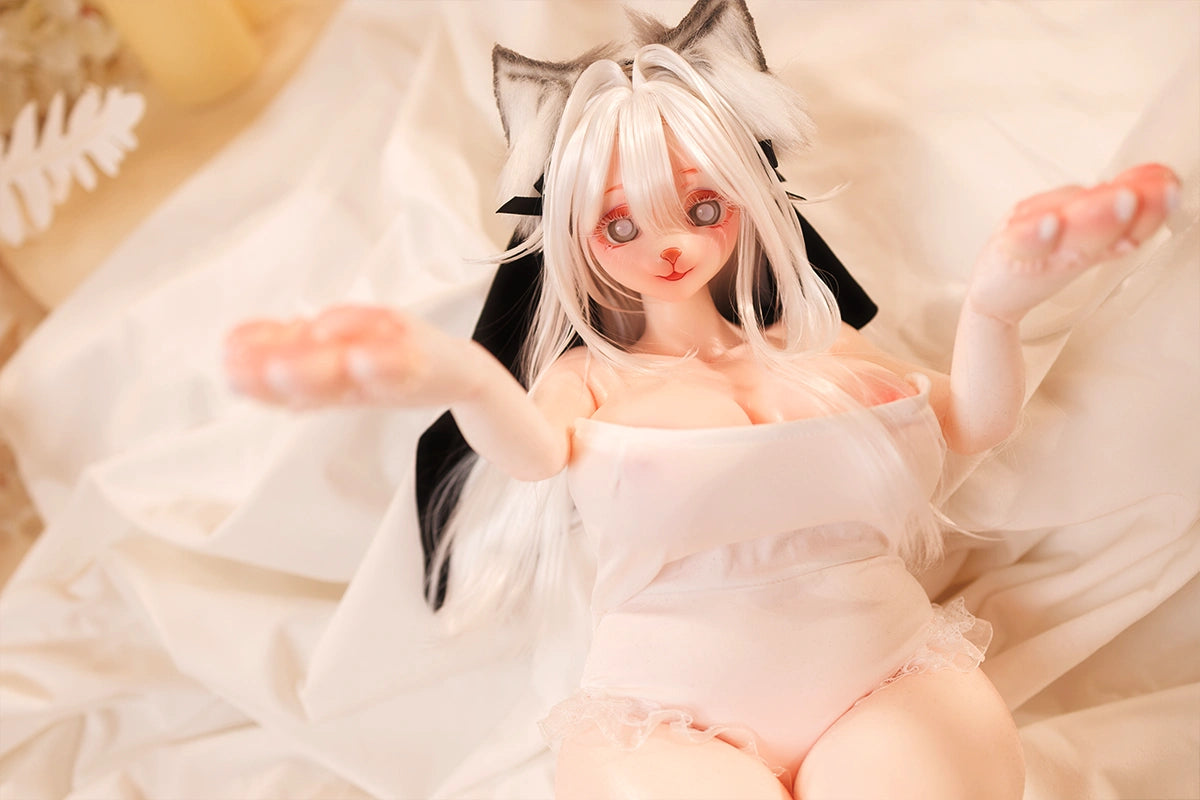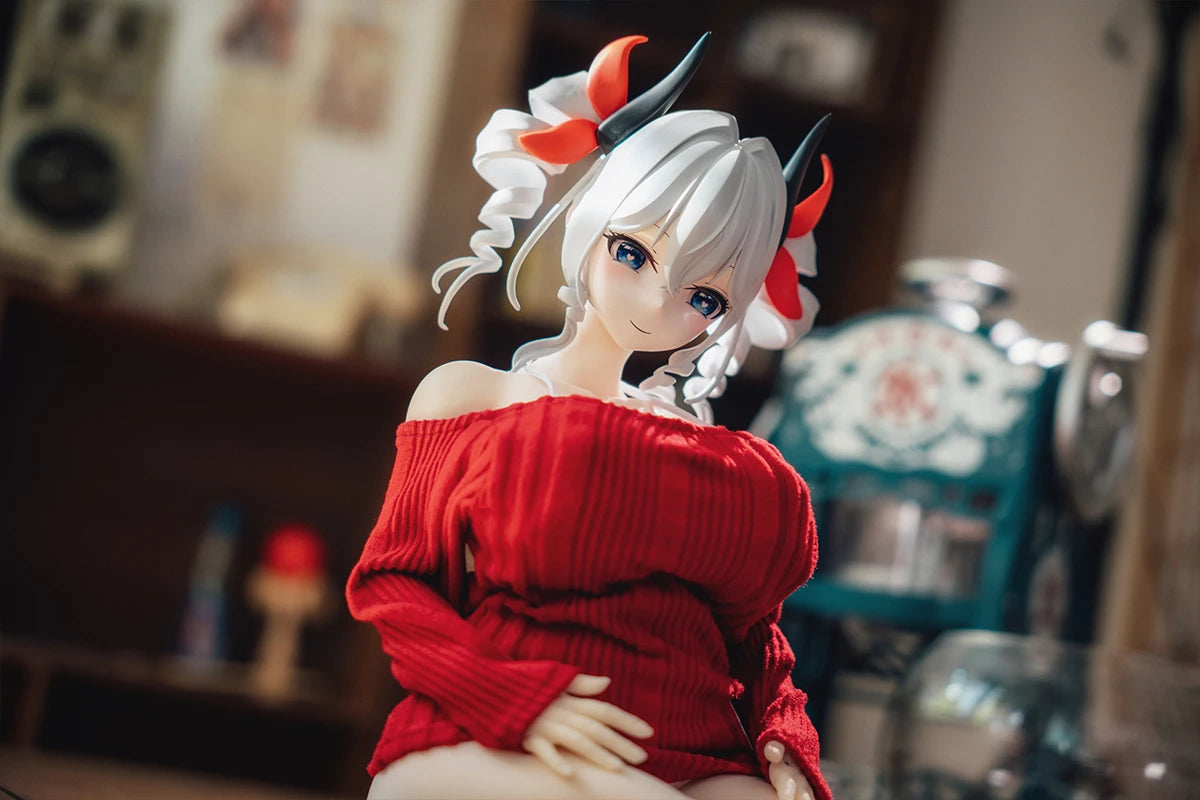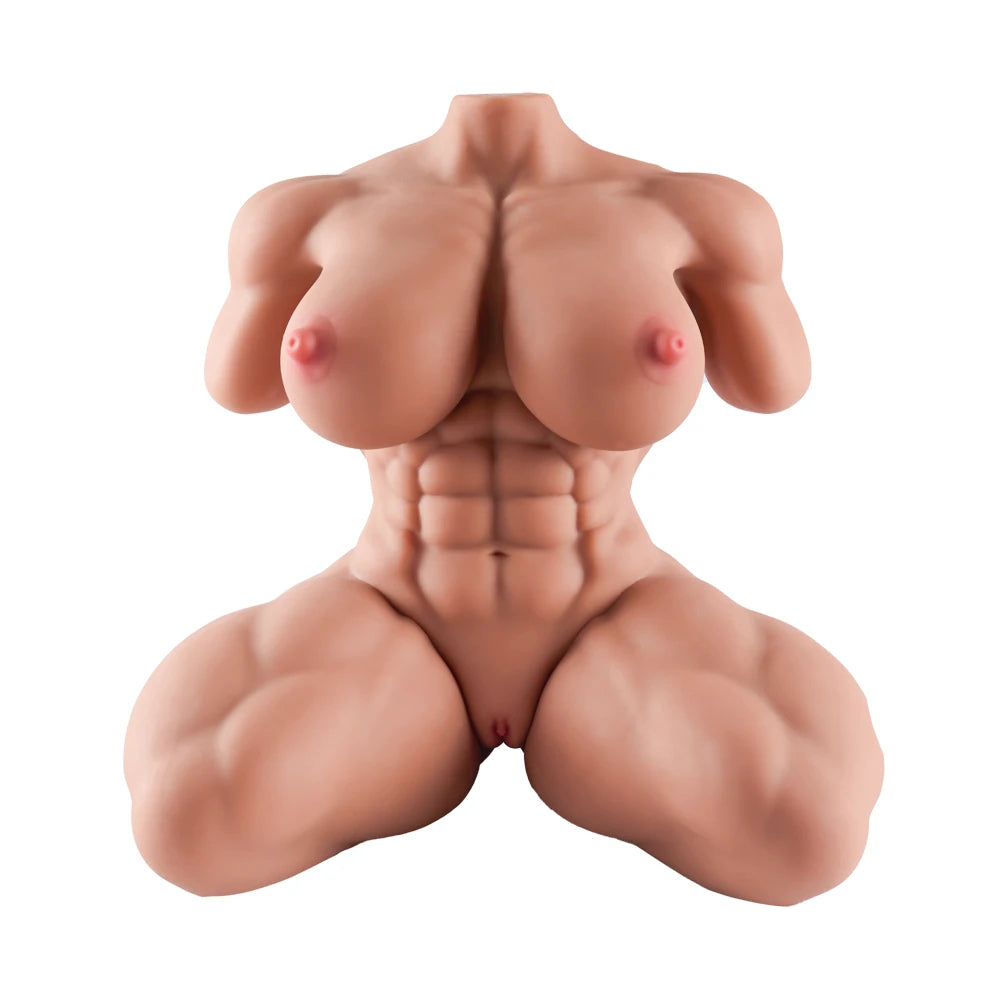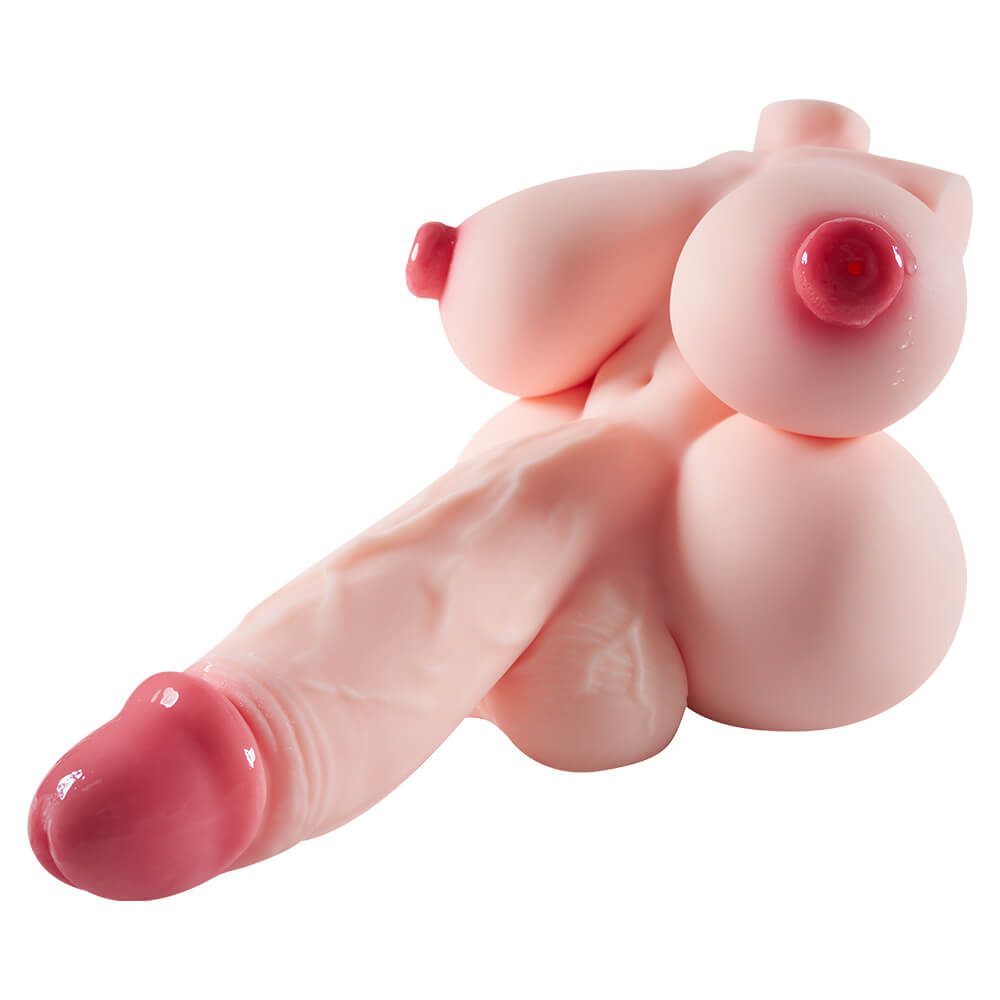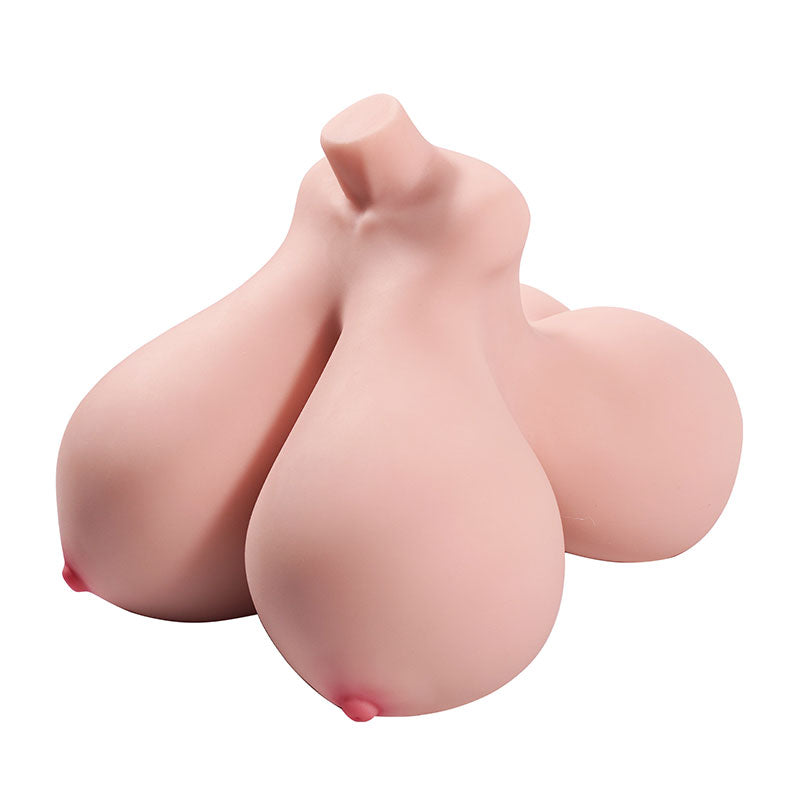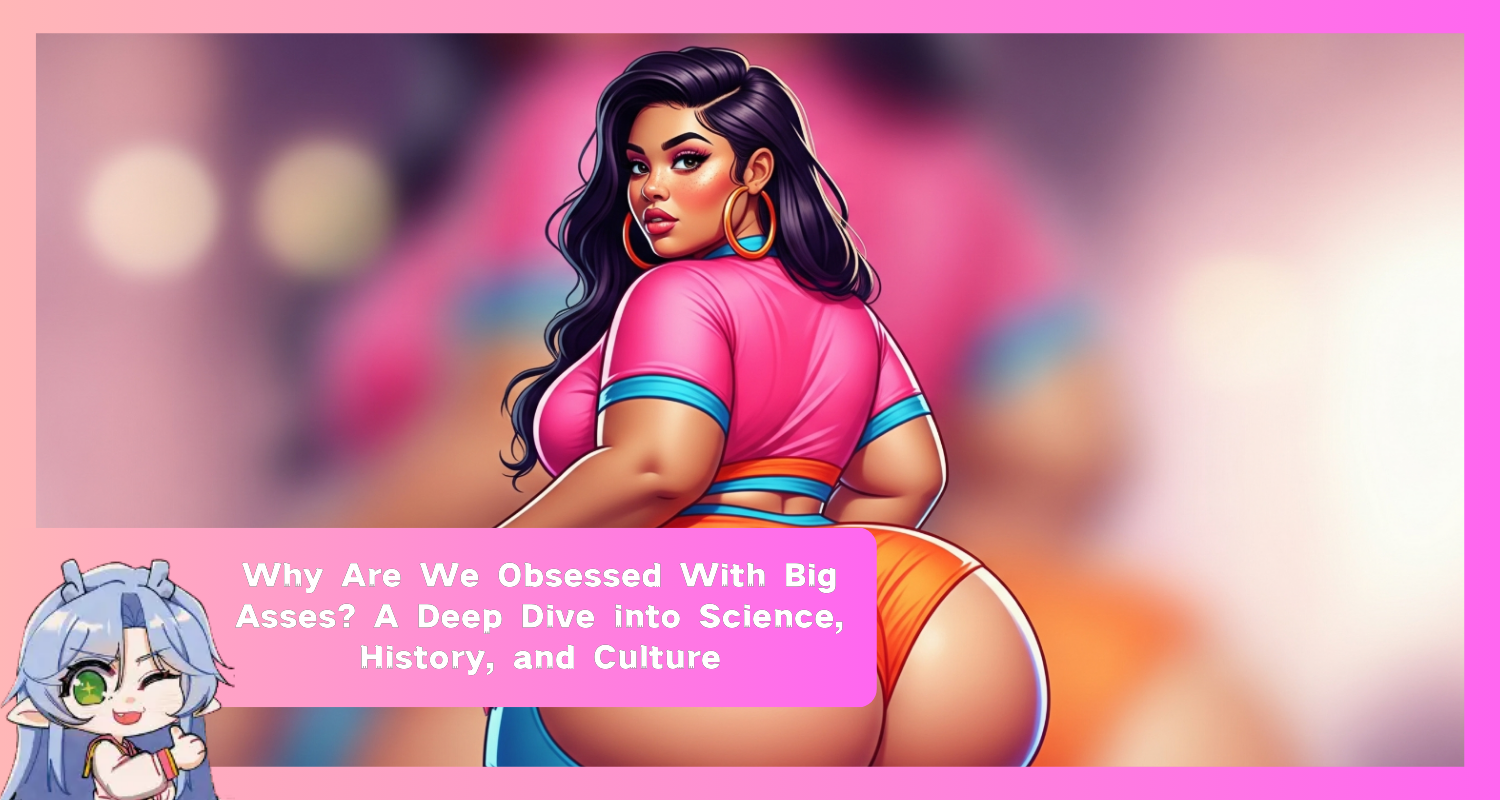Why Are We Obsessed With Big Asses? A Deep Dive into Science, History, and Culture
Table of Contents
Introduction: The Unmistakable Rise of the Rear
The Evolutionary Blueprint: The Primal Science of Attraction
A Curated History: The Changing Shape in Art and Fashion
The Cultural Matrix: Race, Power, and the Politics of the Body
The Modern Archetype: Decoding the Allure of the Big Ass MILF
Frequently Asked Questions (FAQ)
Introduction: The Unmistakable Rise of the Rear
In the world of cultural beauty standards, few body parts have become as popular as the buttocks. Some observers believe the focus on the lower body is now even greater than the focus on the bust, partly thanks to things like denim jeans that highlight the hips and butt. This trend makes you wonder, as journalist Heather Radke asked, "How could a body part come in and out of fashion?".

Today, we see big asses everywhere—in music videos, on social media, and in fashion. But while the image is common, most people don't think about what it really means. We see the shape, but we don't often question the forces that make us see it in a certain way. This article aims to look deeper. It’s not just about a passing trend, but about something that has deep roots in our evolution, a complicated history, and the politics of race and identity. We will explore the science, history, and culture to understand why this part of the body holds such a strong fascination for us.
The Evolutionary Blueprint: The Primal Science of Attraction
Our modern interest in a shapely backside isn't just a random trend. It connects to deep, instinctual survival needs. The attraction to big asses and curvy figures is rooted in evolutionary psychology. It’s a biological signaling system that communicates important information about health, fertility, and good genes.

More Than Meets the Eye: Decoding the Signals of a Curvy Shape
The female body, especially the way fat is stored in the buttocks, hips, and thighs, acts as a clear signal of reproductive ability. Evolutionary psychologists believe that rounded buttocks became a desirable feature because they show that a woman is young and fertile. This isn't just about size, but about a specific shape that tells a story.
This shape is created by hormones. After puberty, the hormone estrogen causes fat to be stored in the lower body while preventing it from collecting around the stomach. This shows that a woman is of reproductive age and has enough fat stored to support a pregnancy. Since these features are most noticeable during peak fertility and fade with age, a full backside is also a strong sign of youth.

Scientists have tried to measure this visual signal. The most well-known measure is the waist-to-hip ratio (WHR). Research by the late evolutionary psychologist Devendra Singh showed that men from many different cultures consistently find a low WHR (around 0.7, where the waist is 70% of the hip size) to be the most attractive. A low WHR is linked to good health, hormonal balance, and higher fertility rates.
More recent studies have looked at another factor: the curve of the lower back. A 2015 study found that men prefer women with a specific spinal curve of about 45.5 degrees. This angle makes the buttocks appear more prominent, but it also has a practical, evolutionary advantage. This spinal structure would have helped ancient women balance their weight better during pregnancy, allowing them to gather food more easily and reducing the risk of back injuries. This suggests the attraction is not just to a large butt, but to a spinal shape that signals a woman's ability to carry a child safely.

These signals are so powerful they affect our brains. Brain scans (fMRI) show that when men look at women with these ideal body shapes, the reward centers of their brains light up. This means the attraction is a deep, instinctual response that has been shaped by thousands of years of evolution to guide us toward healthy mates.
The Cognitive Advantage: Why Certain Body Fat Is "Brain Food"
The evolutionary story gets even more interesting when we look at the link between a woman's body shape and her children's intelligence. Research has found a surprising connection, suggesting that the preference for curvy figures may have helped human intelligence evolve.
The secret is in the type of fat stored in the buttocks and thighs. This fat is a rich source of special fatty acids, most importantly one called DHA. These fats are essential building blocks for the human brain. A developing baby cannot make these fats on its own and must get them from its mother.
Women with lower WHRs and more fat on their hips and thighs have larger stores of this "brain food." Studies show that children of mothers with lower WHRs tend to score higher on cognitive tests. This provides a strong biological reason for the attraction to big asses. It may be a subconscious drive to choose a partner who can provide the resources for smarter offspring, giving them a better chance of survival.
A Curated History: The Changing Shape in Art and Fashion
While biology gives us a basic instinct, the way culture expresses this attraction changes over time. A look at art and fashion history shows a constantly shifting ideal for the female body. The preferred silhouette has grown and shrunk depending on the social and economic values of the time.
From Ancient Goddesses to Baroque Beauties
The appreciation for a prominent rear is ancient. One of the earliest examples is the Venus of Willendorf, a small statue from over 20,000 years ago, with its large buttocks and hips seen as a symbol of fertility. In ancient Greece, statues like the Venus Callipyge (meaning "Venus of the beautiful buttocks") celebrated the rear as an object of beauty and desire.

This celebration of a full, curvy figure was very popular during the Baroque period in the 17th century, especially in the paintings of Peter Paul Rubens. The word "Rubenesque" describes his style of painting full-figured women whose bodies symbolized health, wealth, and life. In his paintings, goddesses are powerful and sensual, with their rounded rears being a key part of their beauty.
The Victorian Era: Artificial Curves and Hidden Meanings
The 19th century had a more complicated view. The Victorian era is known for its modesty, but it was also the time of the bustle, a fashion piece designed to make the buttocks look dramatically larger. This created an exaggerated hourglass shape that drew attention to the rear.

The bustle was a sign of wealth, as the large amount of fabric needed was expensive. However, some historians connect the bustle to the public exhibition of Sarah Baartman, a Black woman from South Africa who was cruelly displayed in Europe for her naturally large buttocks. From this view, the bustle was a way for white women to copy the features of a Black body that was being both fetishized and dehumanized.
The 20th Century: From Thin to Curvy and Back Again
The 20th century saw many changes in the ideal body shape. The 1920s rejected curves with the straight, boyish "Flapper" look, which was linked to women gaining new social freedoms like the right to vote. After World War II, the 1950s brought back the curvy "hourglass" figure, seen in stars like Marilyn Monroe. But this didn't last. The 1960s brought extreme thinness with models like Twiggy, followed by the lean but athletic look of the 1980s and the very thin "heroin chic" style of the 1990s.

This history shows that while our basic biological preferences might stay the same, what culture decides to celebrate is always changing. The table below shows some of these shifts.
|
Era/Period |
Ideal Body Shape & Buttocks Emphasis |
Cultural/Artistic Manifestation |
Key Social & Economic Drivers |
|
Paleolithic Era |
Exaggerated, Voluptuous |
Venus of Willendorf |
Symbolism of fertility and survival in harsh conditions. |
|
Ancient Greece/Rome |
Aesthetically Rounded, Emphasized |
Venus Callipyge |
Celebration of erotic beauty, divine form, symmetry. |
|
Baroque (17th C.) |
Fleshy, Plump, Sensual |
Peter Paul Rubens' paintings |
Display of wealth, vitality, and a departure from asceticism. |
|
Victorian (19th C.) |
Artificially Enlarged & Projected |
The Bustle, Corsetry |
Status display (cost of fabric), racial mimicry, gender role reinforcement. |
|
1920s "Flapper" |
Boyish, Androgynous, De-emphasized |
Straight-line dresses, bobbed hair |
Women's suffrage, rebellion against Victorian constraint, new social freedoms. |
|
1950s "Hourglass" |
Curvy, Full Bust, Cinched Waist |
Marilyn Monroe, Pin-up models |
Post-war return to traditional femininity, economic prosperity. |
|
1990s "Heroin Chic" |
Waifish, Slender, De-emphasized |
Kate Moss, Grunge culture |
Reaction against 80s excess, a new form of counter-culture aesthetic. |
|
2010s "The BBL Era" |
Hyper-curvaceous, Exaggerated WHR |
Kim Kardashian, Social Media |
Influence of hip-hop culture, social media, body modification technology. |
The Cultural Matrix: Race, Power, and the Politics of the Body
To understand the modern obsession with big asses, we have to look at culture, race, and power. How we see the buttocks is tied to our ideas about different racial and ethnic groups. What is celebrated and what is copied tells us a lot about who has power in society. The stories of the big black ass, the big ass latina, and the big ass twerk are all connected to a larger story about cultural ownership.
The Power and Appropriation of the Big Black Ass
For a long time, Western beauty standards focused on European features, like straight hair and thin figures. Because of this, the naturally curvy bodies of many Black women were often ignored, considered unattractive, or sexualized in a negative way. Black women were often invisible in mainstream beauty, but at the same time, their bodies were heavily scrutinized.

Recently, this has started to change. The curvy body, long celebrated in Black communities, is now popular in mainstream culture. However, this new appreciation is complicated. While Black features are now seen as desirable, this often happens without challenging the racist ideas behind the original standards. Instead, Black women's bodies are sometimes treated like a trend, with their features copied and separated from their cultural identity. The big black ass is celebrated as an object, but the Black woman it belongs to may still face discrimination.
Understanding the Big Ass Latina Stereotype
A similar process of stereotyping has affected Latina women. The media often pushes the image of the "curvy Latina" or "spicy Latina," a one-dimensional character defined by her body and a supposed fiery personality. This stereotype ignores the huge diversity of women from over 20 Latin American countries and reduces them to a single, sexualized image.

Jennifer Lopez's career is a good example. As she became famous, the media focused obsessively on her buttocks, framing them as a "Latina" feature—sexy, but also different and not "white." Her body was used to mark her as exotic and other. This kind of attention, while seeming like a compliment, is harmful because it reduces a woman's worth to her body parts. This impossible ideal has also been shown to cause body dissatisfaction and disordered eating within Latinx communities.
The Cultural Roots of Big Ass Twerk
The dance style known as twerking is a clear example of cultural expression and appropriation. Many people associate twerking with its mainstream popularity in the 2010s, but its history goes much deeper. It came from the bounce music scene in New Orleans in the 1990s, and its roots trace back to West African and Afro-diasporic dances. Dances like the Mapouka from Ivory Coast, known as "the dance of the behind," share the same focus on hip and buttock movements.

In its original context, this type of dance was more than just a provocative act. It was a form of celebration, community, and freedom. For people whose bodies had been controlled and dehumanized by slavery and colonialism, these dances were a powerful way to reclaim their bodies and express joy. The big ass twerk was about cultural identity and resilience. When twerking became mainstream, it was often stripped of this history and meaning, reduced to just a "sexy" dance, and performed by white artists who were praised for a style that Black women had been criticized for.
The Modern Archetype: Decoding the Allure of the Big Ass MILF
In today's culture, the term "MILF" is widely recognized. The big ass milf archetype brings together many of the themes we've discussed: a biological appreciation for a mature, fertile body and a cultural celebration of a certain kind of female power. Looking at this figure helps us understand the appeal of a woman defined by experience, confidence, and sexual freedom.
From Mrs. Robinson to Stifler's Mom: How the Trope Evolved
The confident older woman is not a new character, but how she is portrayed has changed. The modern MILF can be traced back to Mrs. Robinson in the 1967 film The Graduate. Mrs. Robinson was a groundbreaking character, but she was also portrayed as a tragic figure who was shamed for her desires.
Decades later, a new version of this archetype appeared in the 1999 comedy American Pie. Jennifer Coolidge's character, "Stifler's Mom," helped make the term "MILF" famous. Unlike Mrs. Robinson, Stifler's Mom was not tragic. She was confident and in control. She was desired, but she was also open about her own desires. Coolidge has even said that playing the role had many personal benefits for her. Her performance helped change the archetype from one of shame to one of empowerment.
The Psychological Appeal of Experience
The appeal of the MILF is partly psychological. People are often drawn to the idea of a woman who is more sexually experienced, knows what she wants, and doesn't play games. She represents a fantasy of being with a partner who is confident and an equal participant.
This fascination with mature, self-assured sensuality speaks to a desire for an experience that is both authentic and powerful. It is a fantasy rooted not in innocence, but in wisdom and confidence. For those who want to explore this ideal privately, creations like the Isabella:9.4KG Realistic Big Ass Sex Torso Sex Toy For Men offer a tangible way to connect with the confident, curvy archetype that has captured the popular imagination. The big ass milf challenges the idea that only youth is desirable and creates a powerful new image of a mature woman who owns her appeal.
Frequently Asked Questions (FAQ)
Q: Is the attraction to big asses purely biological?
A: Biology plays a big part, with evolution linking curves to fertility. However, culture is just as important. History shows that the "ideal" body changes depending on social values and media trends. The attraction is a mix of instinct and cultural influence.
Q: Why are big butts so common in art history?
A: From ancient fertility statues to the sensual paintings of the Baroque era, a full figure often represented health, wealth, and vitality. Artists have used the buttocks to explore themes of beauty, fertility, and desire for thousands of years.
Q: How do race and culture affect how a big ass is seen?
A: Race is a critical factor. Curvy bodies, long celebrated in Black and Latina cultures, were often ignored by Eurocentric beauty standards. Now, these features are popular in mainstream culture, but this often leads to them being fetishized or copied without understanding their original cultural context.
Q: What is the cultural significance of the big ass milf?
A: The big ass milf archetype shows a cultural shift toward valuing mature female sexuality. She represents a woman who is confident, experienced, and in control of her own desires, challenging the media's historical focus on youth as the main standard of beauty.
References
Avila, A. (2022, March 10). No, the curvy Latina ideal isn’t healthier than other beauty standards. Refinery29. https://www.refinery29.com/en-us/2022/03/10885711/curvy-latina-stereotype-effects-explained
Columbia Magazine. (n.d.). The human backside: A scientific and cultural history. Retrieved July 12, 2025, from https://magazine.columbia.edu/article/human-backside-scientific-and-cultural-history
Cultural history of the buttocks. (2025, May 14). In Wikipedia. https://en.wikipedia.org/wiki/Cultural_history_of_the_buttocks
Daily Art Magazine. (2025, March 3). A brief history of the female body in art. https://www.dailyartmagazine.com/female-body-in-art/
Gardner, R. (2019). Racialized beauty: Lived experiences of beauty and race, the impact on Black women's self-esteem, and the development of resilience and empowerment. Bryn Mawr, Haverford, and Swarthmore Colleges. https://scholarship.tricolib.brynmawr.edu/items/2415cd59-4099-4aa9-8f94-5dfe2c6a6c19
Genetic Literacy Project. (2016, June 10). Why men like women's curves: How big a role has evolution played? https://geneticliteracyproject.org/2016/06/10/why-men-like-womens-curves-how-big-a-role-has-evolution-played/
Giddy. (n.d.). The rise and reinvention of the MILF. Retrieved July 12, 2025, from https://www.getmegiddy.com/rise-reinvention-milf
Harris, C. L. (2010). Negotiating beauty: The social construction of beauty for young African American women. Scholars Junction. https://scholarsjunction.msstate.edu/cgi/viewcontent.cgi?article=1854&context=td
JOE. (n.d.). Jennifer Coolidge says playing 'Stiffler's mom' in American Pie helped her bed '200 people'. Joe.co.uk. Retrieved July 12, 2025, from https://www.joe.co.uk/entertainment/american-pies-jennifer-coolidge-reveals-deeply-personal-benefit-to-playing-stifflers-mom-352030
Johnson, N. (2022). Beauty ideals through a historical lens [Capstone project, Gettysburg College]. Sociology Department, Gettysburg College. https://sociology.sites.gettysburg.edu/capstones/johnni03/beauty-ideals-through-a-historical-lens/
Lassek, W. D., & Gaulin, S. J. C. (2012). What's in a name? The ambiguous role of waist-to-hip ratio in models of female attractiveness. Frontiers in Evolutionary Neuroscience, 4. https://doi.org/10.3389/fnevo.2012.00001
Molina-Guzmán, I. (2004). Brain, brow, and booty: Latina iconicity in US popular culture. The Communication Review, 7(2), 205–221. https://doi.org/10.1080/10714420490448723
Multiple authors. (2021, June 17). What is the attraction of a MILF? [Online forum post]. Reddit. https://www.reddit.com/r/AskMenAdvice/comments/o22577/what_is_the_attraction_of_a_milf/
O'Connell, M. (n.d.). From Mrs. Robinson to Stifler's Mom: A literary history of the MILF. InsideHook. Retrieved July 12, 2025, from https://www.insidehook.com/culture/literary-history-milf-mrs-robinson-stiflers-mom-wife-bath
Platek, S. M., & Singh, D. (2010). Curvaceous female bodies activate neural reward centers in men. PloS one, 5(2), e9042. https://doi.org/10.1371/journal.pone.0009042
The Signpost. (n.d.). I'm not your Latina fetish. Weber State University. Retrieved July 12, 2025, from https://thesignpostwsu.com/89371/editorial/im-not-your-latina-fetish/
Singh, D. (1993). Adaptive significance of female physical attractiveness: Role of waist-to-hip ratio. Journal of Personality and Social Psychology, 65(2), 293–307. https://doi.org/10.1037/0022-3514.65.2.293
Toppa, S. (2015, March 20). Men are totally hardwired by evolution to prefer curvy women, study finds. Time. https://time.com/3752142/curvy-women-men-prefer-curves-plus-size-evolution/
TrajDash. (n.d.). Mature Big Booty Latina Beauty. University of Southern California. Retrieved July 12, 2025, from https://trajdash.usc.edu/mature-big-booty-latina
Twerking. (2025, July 9). In Wikipedia. https://en.wikipedia.org/wiki/Twerking
Vanguard. (2016, August 26). Why men like big butts. https://www.vanguardngr.com/2016/08/why-men-like-big-butts/
WMGK. (2022, August 4). Jennifer Coolidge says ‘American Pie’ got her 200 people. https://wmgk.com/2022/08/04/jennifer-coolidge-american-pie-got-her-200-people/


